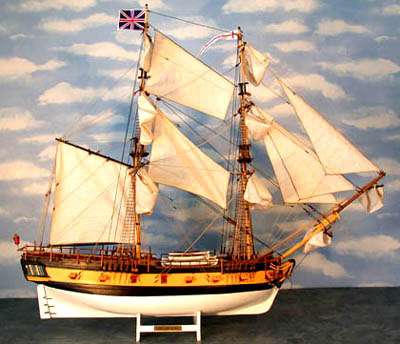This is my first post on finescale but I’ve always wanted to do a build log on this fourm ever since I started building models
This build started with the idea to build a scratch ship but I had no idea which ship to build so I decided to start drawing up designs and drew inspiration from other models to design this build
So I came up with this design and went from there. I decided to do a plank on bulkhead frame and started creating templates out of cardboard for the ship a few days later.
About halfway through making my templates I went into town and bought some planks for the build
And then the next day I had finished the templates
And then a few weeks later I’ve gotten to where I am now with the wood planed down to about a centimeter and the templates drawn out on the board ready to be cut.
So that’s where I’m at right now I’m currently getting ready to cut the parts out and prep them for glue.


